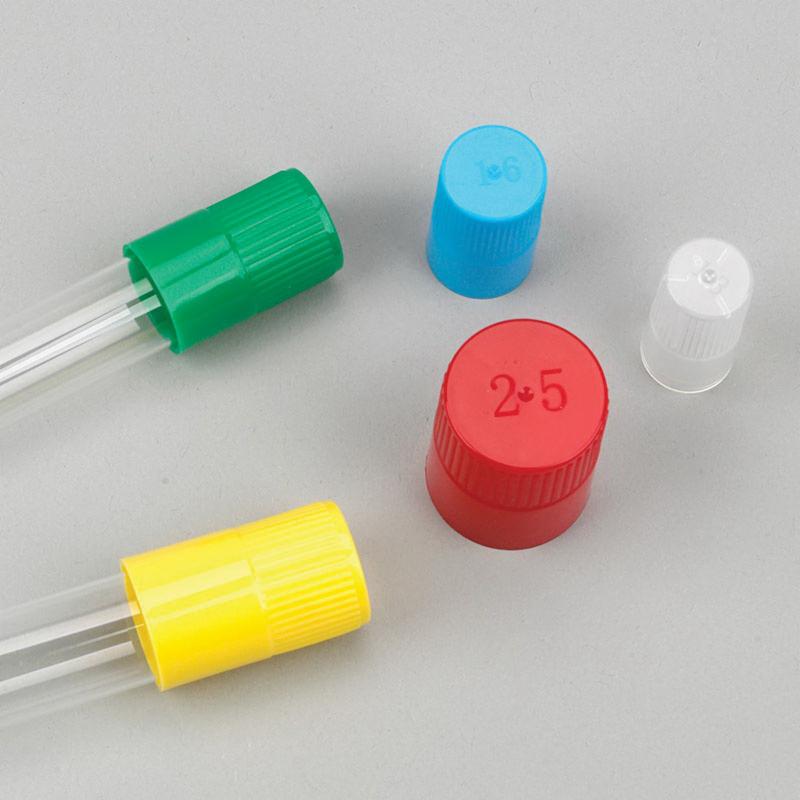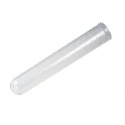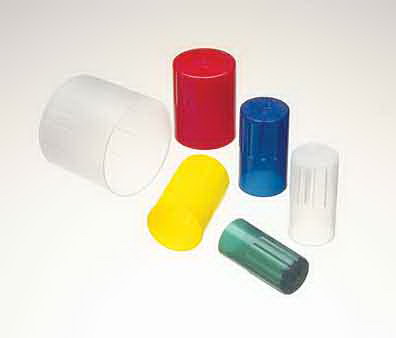Cell Culture Tubes
In the field of cellular biology and medical research, cell culture tubes play a crucial role. Used for storing and maintaining living adherent or non-adherent cell cultures, these tubes must adhere to strict standards of sterility and non-toxicity. Free from detectable DNase and RNase, human DNA, and pyrogens, cell culture tubes from SECO meet the highest standards of quality.
...continue reading below the images.
-
-

-
Diamond™ Glass Culture Tube Cap
Cap, Blue, Polypropylene, Autoclavable, For 13 mm Glass Culture Tube, Ridges Inside Cap Provide Secure Grip and Gas Exchange, Maintain Sterility Without Cotton Plugging
-
-
-

-
- Manufacturers: Globe Scientific
- Brand: Globe Scientific
- SECO Part No: GLB-110406
- Sold As: 1000/Case
- Manufacturer Part No: 110406
-
Availability:

- Minimum order quantity: 1
- Qty. Interval: 1
Globe Scientific 110406
Test Tube, 5 ml, Polypropylene, 12 dia x 75 m More...
-
Login to View Your Price
List Price :
-
Add to cart
-
-
-

-
- Manufacturers: Globe Scientific
- Brand: Globe Scientific
- SECO Part No: GLB-110444
- Sold As: 250/Bag, 8 Bags/Case, 2000/Case
- Manufacturer Part No: 110444
-
Availability:

- Minimum order quantity: 1
- Qty. Interval: 1
Globe Scientific 110444
Test Tube, 5 ml, 12 dia x 75 mm H, Polypropyl More...
-
Login to View Your Price
List Price :
-
Add to cart
-
-
-

-
Globe Scientific Multipurpose Test Tube with Blue ...
Test Tube, 15 ml, 16 dia x 120 mm H, Clear, Polystyrene, Blue Polyethylene Cap, Non-Sterile, Screw Caps are Designed to be Leak-tight Allowing the Tubes to be Used for Storage or Transport, Shatter-proof, Round Bottom
-
-
-

-
- Manufacturers: Corning
- Brand: Pyrex®
- SECO Part No: COR-9820-12
- Sold As: 72/Pack, 720/Case
- Manufacturer Part No: 9820-12
-
Availability:

- Minimum order quantity: 1
- Qty. Interval: 1
Pyrex® 9820-12
Culture Kahn Tube, 5 ml, 12 dia x 75 mm H, Bo More...
-
Login to View Your Price
List Price :
-
Add to cart
-
-
-

-
Globe Scientific Polystyrene Test Tube
Test Tube, 5 ml, 12 dia x 75 mm H, Polystyrene, With Dual Position LDPE Snap Caps, Withstand 1500 rpm During Centrifugation, Provide Either Aerobic or Anaerobic Storage of Samples
-
-
-

-
Globe Scientific Polypropylene Test Tube
Test Tube, 5 ml, 12 dia x 75 mm H, Polypropylene, With Dual Position LDPE Snap Caps, Withstand 3000 rpm and are Autoclavable and Freezable, Provide Either Aerobic or Anaerobic Storage of Samples
-
-
-

-
DWK Life Sciences (Kimble) Reusable Unmarked Cultu...
Culture Tube, 1 ml, 6 OD x 50 mm L, Borosilicate Glass, Without Marking Spot, Reusable, Has a Fire-polished Top Rim and Uniform Wall Thickness for Maximum Heat Transfer and Chemical Resistance
-
-
-

-
- Manufacturers: Globe Scientific
- Brand: Globe Scientific
- SECO Part No: GLB-110186-P
- Sold As: 1000/Case
- Manufacturer Part No: 110186-P
-
Availability:

- Minimum order quantity: 1
- Qty. Interval: 1
Globe Scientific 110186-P
Test Tube, 15 ml, 17 dia x 100 mm H, Polyprop More...
-
Login to View Your Price
List Price :
-
Add to cart
-
-
-

-
- Manufacturers: Corning
- Brand: Pyrex®
- SECO Part No: COR-9820-13
- Sold As: 72/Pack, 720/Case
- Manufacturer Part No: 9820-13
-
Availability:

- Minimum order quantity: 1
- Qty. Interval: 1
Pyrex® 9820-13
Culture Wasserman Tube, 9 ml, 13 dia x 100 mm More...
-
Login to View Your Price
List Price :
-
Add to cart
-
-
-

-
DWK Life Sciences (Kimble) Kim-Kap™ Polyprop...
Closure, Fits 25 mm OD Tube, Natural, Polypropylene
-
-
-

-
- Manufacturers: SECO
- Brand: LabBest
- SECO Part No: 14-8553-10
- Sold As: 1000/Case
- Manufacturer Part No: 110445
-
Availability:

- Minimum order quantity: 1
- Qty. Interval: 1
LabBest 110445
Test Tube, 8 ml, 13 dia x 100 mm H, Polypropy More...
-
Login to View Your Price
List Price :
-
Add to cart
-
Plastic vs. Resin vs. Glass
As you know, borosilicate glass is the least reactive. It's the most common type of cell culture tubes.
Typically made from plastic resins such as polystyrene, polyethylene, or polypropylene, many of our tubes are surface-treated to promote cell attachment by reducing the inherent hydrophobicity of the plastic.
We also offer specialized cell culture tubes, such as flat-sided ones designed for easy microscopy and optimal attached growth, and tubes suitable for shaking cell suspensions and growing aerobic bacteria. For more advanced applications, we offer tubes designed to create a small bioreactor environment, complete with vented caps for gas exchange.
- Variety of volume capacities,
- Variety of materials,
- Relative Centrifugal Force (RCF) ratings
- Various closure types.
- Autoclavable,
- Designed for either adherent or suspended cell cultures.
How to transfer cells from cell culture plates into cell culture tubes?
Transferring cells, for example HaCaT (a line of human keratinocytes) from cell culture plates into tubes without damaging the cells is a delicate process, which requires careful handling and appropriate technique.
Here are our 6 steps to success.
- Cell detachment: Use a cell-specific enzyme like Trypsin-EDTA to detach the cells from the plate. Incubate the culture plate in a controlled environment until the cells detach. Watch for changes under the microscope to prevent over-exposure to trypsin which can harm the cells.
- Cell suspension: After the cells are detached, add an appropriate amount of culture medium to neutralize the trypsin. Gently pipette up and down to create a uniform cell suspension.
- Cell transfer: Carefully transfer the cell suspension into a centrifuge tube using a sterile pipette. Avoid creating bubbles, as this can damage the cells.
- Cell centrifugation: Centrifuge the cell suspension at low speed to pellet the cells.
- Supernatant removal and resuspension: Discard the supernatant carefully without disturbing the cell pellet. Resuspend the cells in fresh culture medium.
- Final transfer: Transfer the required volume of cell suspension to the cell culture tube using a pipette.
Don't have time to browse?
Reach out to us. Our knowledgeable customer service team is always ready to assist you. We can help you find the right products to suit your needs, answer any questions you might have, and even place your order for you. So, don't hesitate! Contact us today and let SECO take care of your lab supply needs, so you can focus on what matters most - your important research and analysis.














